1942: how Americans collected scrap metal for the military industry
Categories: History | North America
By Pictolic https://pictolic.com/article/1942-how-americans-collected-scrap-metal-for-the-military-industry.htmlWhen the United States entered World War II after the Japanese attack on Pearl Harbor, the world trade in raw materials was in a state of complete uncertainty and decline. Basic goods, such as rubber and fabric, immediately rose in price due to mass use for military purposes.
(35 photos in total)
 Source: deadbees.net
Source: deadbees.net
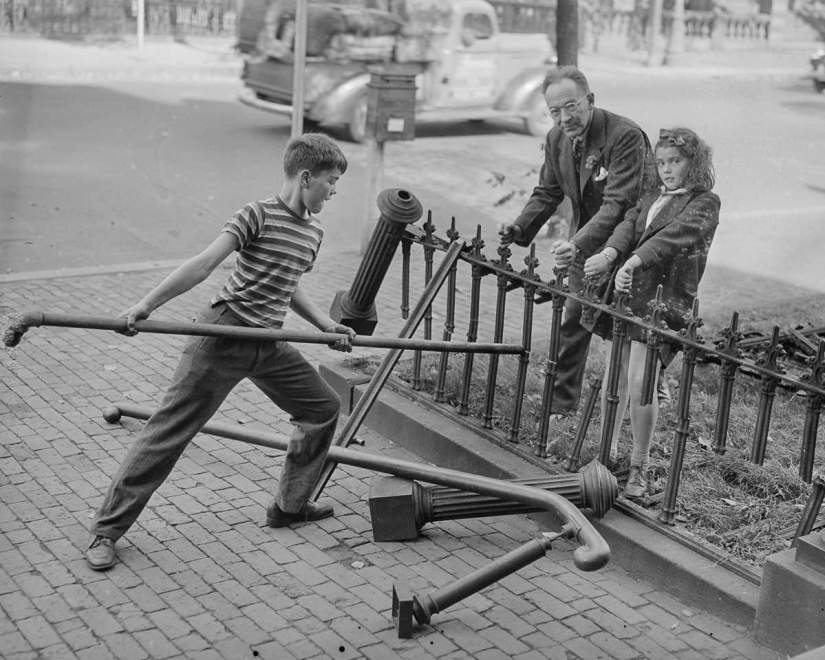
Recycling collection points were organized all over the country, where citizens were encouraged to carry rubber - for the production of tires for jeeps, clothes - to make rags, nylon and silk stockings - for parachutes and leftover edible fat - for the production of explosives.
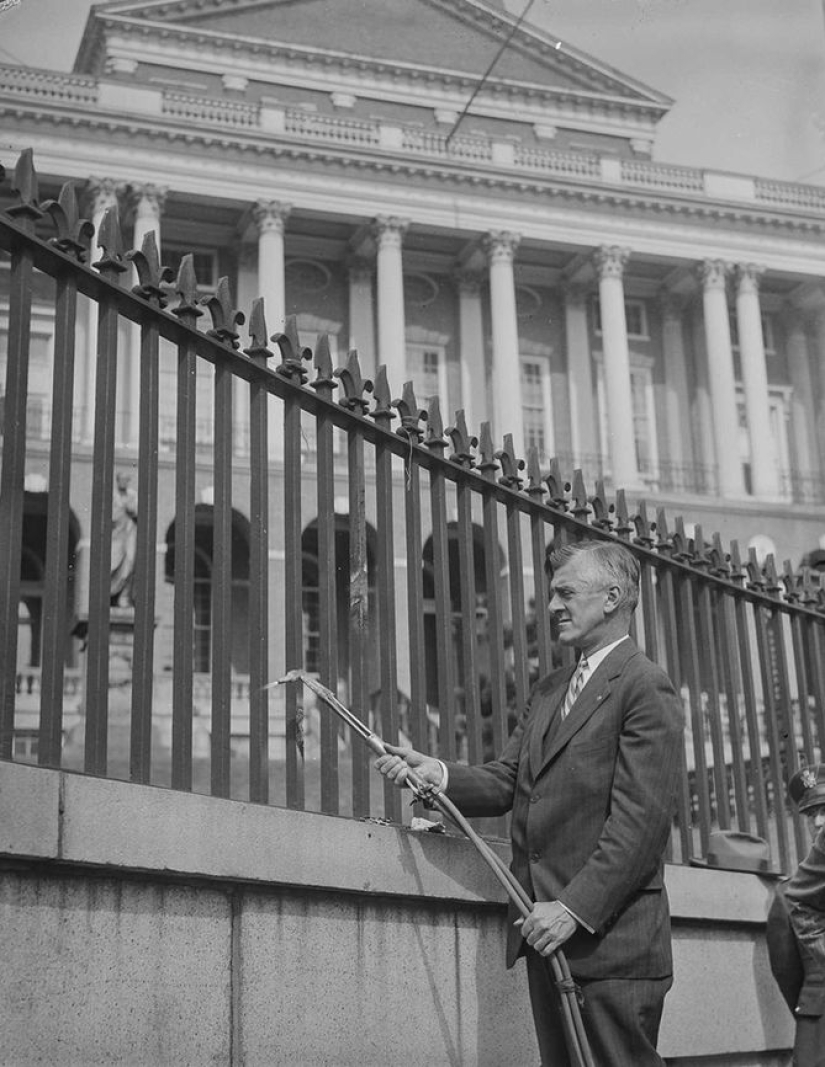
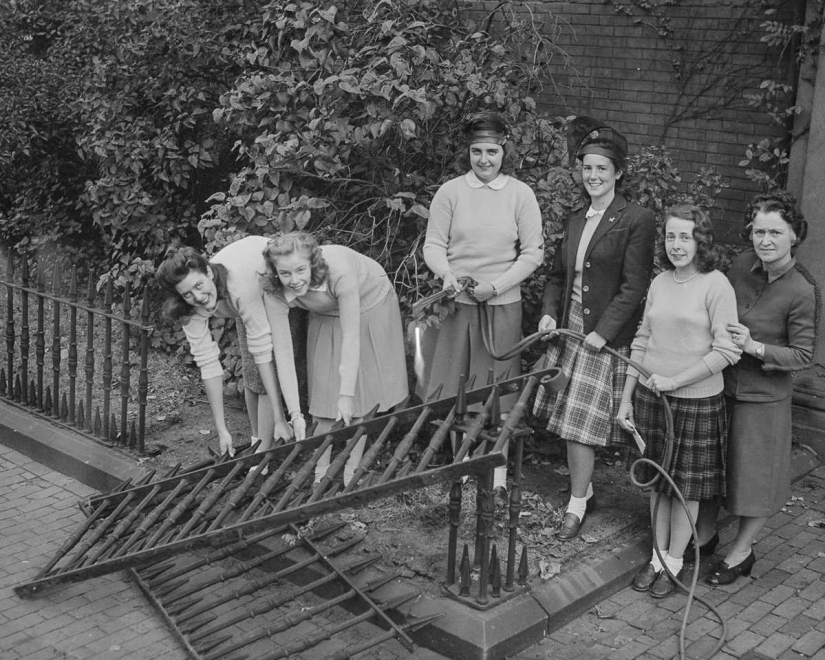
One of the most important materials to collect was scrap metal. After all, it took 18 tons of metal to build one medium tank, and hundreds of times more for one ship.
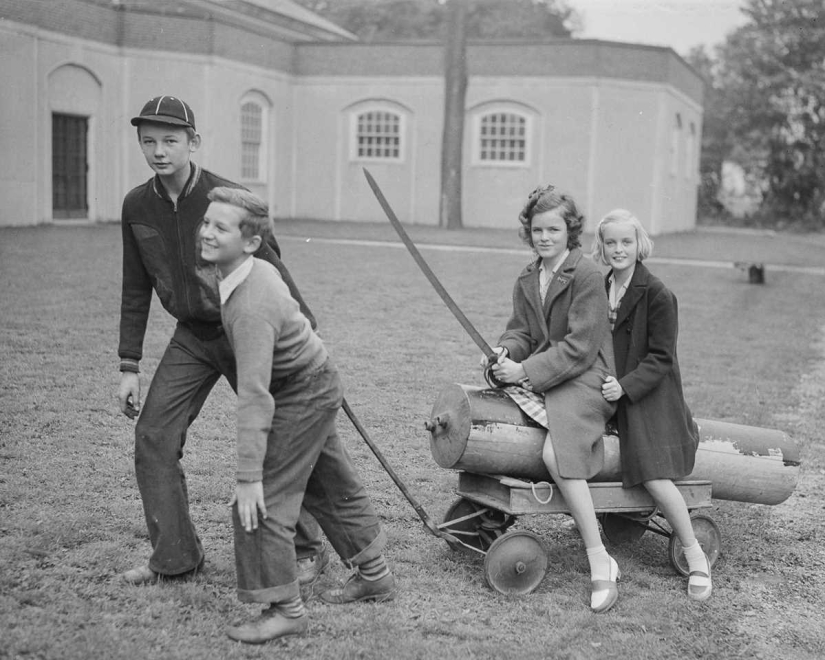
Recycling collection points and communities organized competitions among themselves, housewives brought aluminum pots and pans, farmers donated their old tractors, and cities and towns dismantled wrought-iron fences and historical cannons from the Civil War.
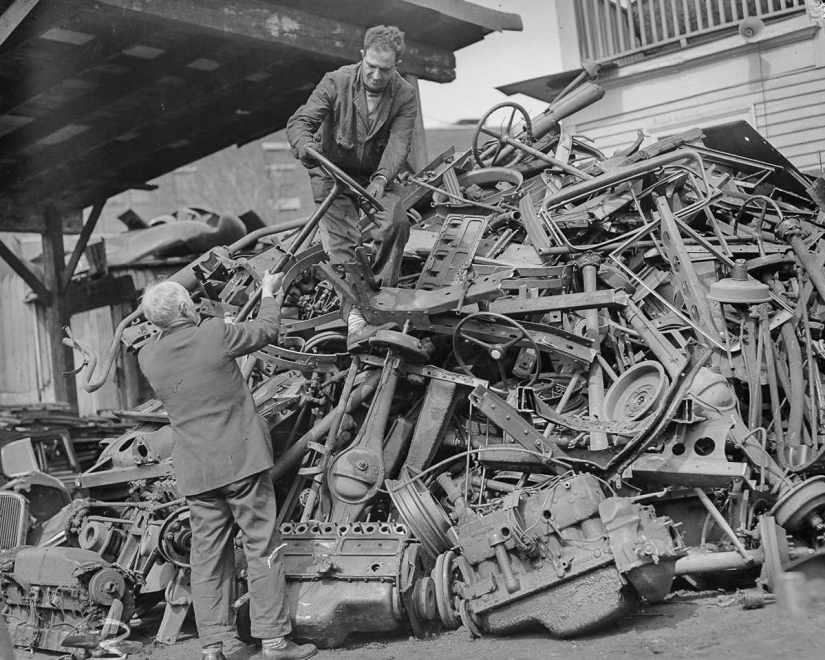
In Lubbock, Texas, a bust of Hitler was erected as a target, into which patriotic citizens threw dishes.
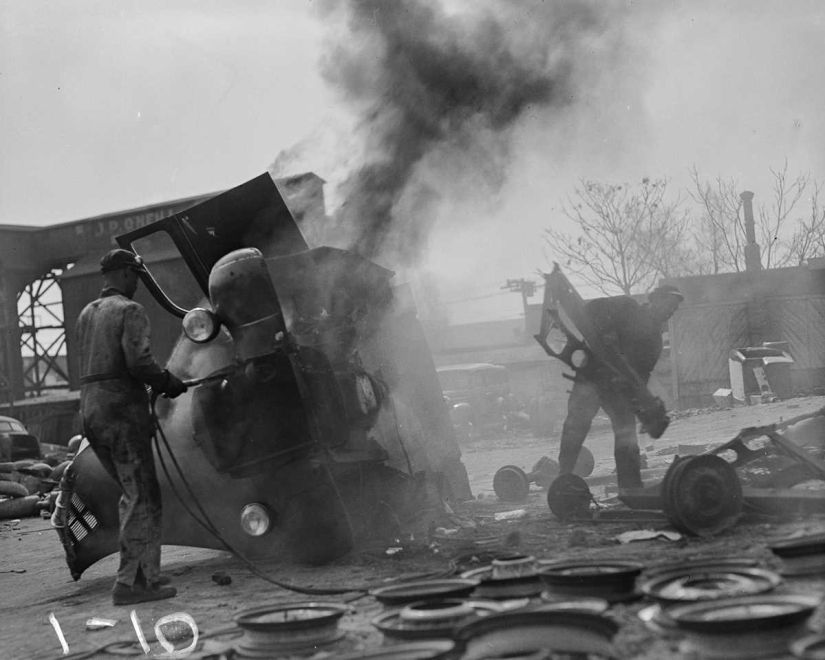
Walt Disney donated two iron sculptures of Bambi, the metal in which was said to be enough to produce 10,000 incendiary bombs or one 75-millimeter artillery piece.
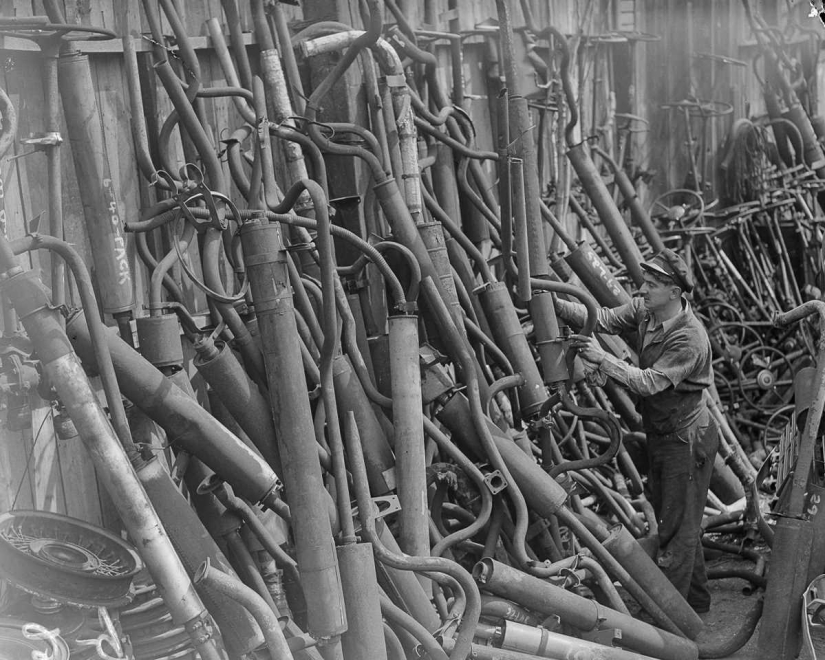
Ultimately, the effect of these recycling collection points for real military production was quite insignificant. Their true value was in raising the morale of citizens and creating a sense of patriotic unity so that as many people as possible would feel a sense of belonging to the victory over the enemy.
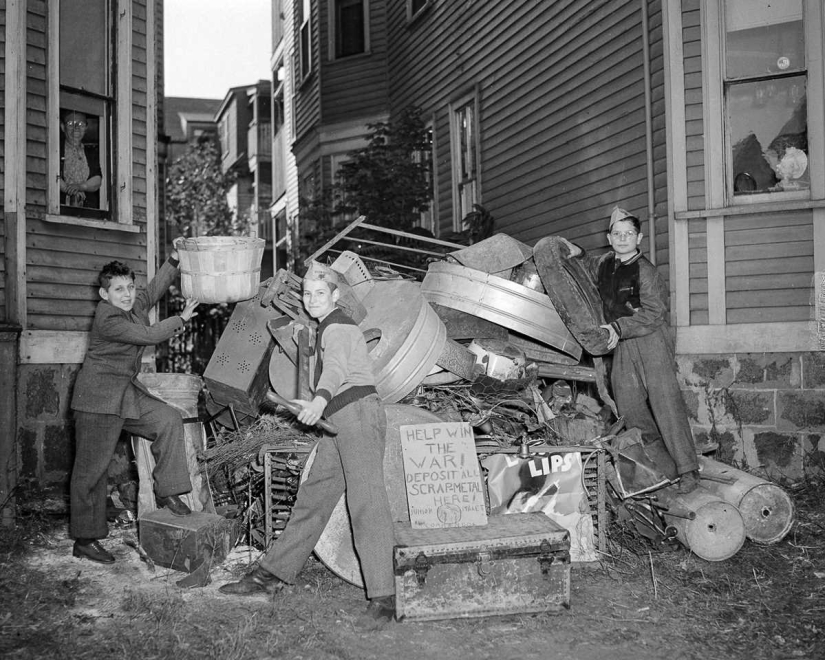
"Steel cannot be made without scrap metal. Steel is just as impossible to make without scrap metal as it is to make cookies without flour or to make fruit water with ice cream without ice cream" (Kentucky Governor Keane Johnson, October 2, 1942).
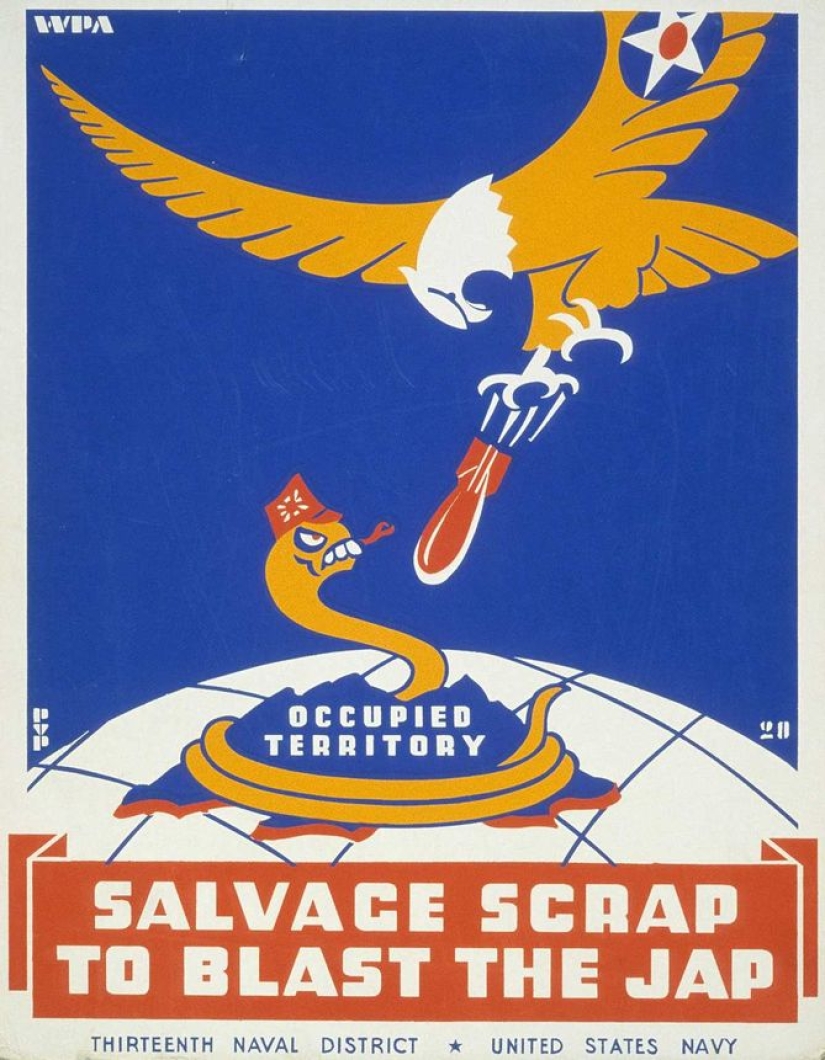
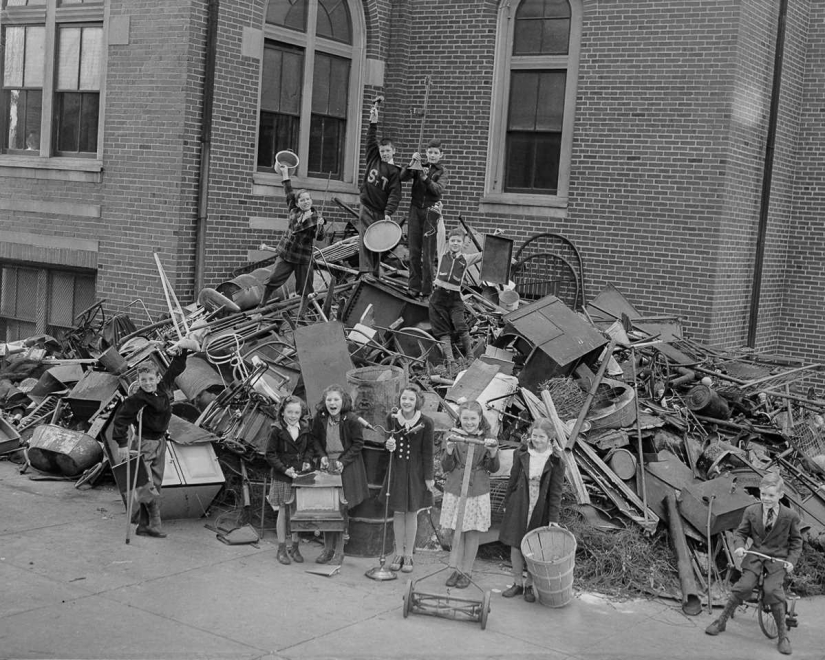
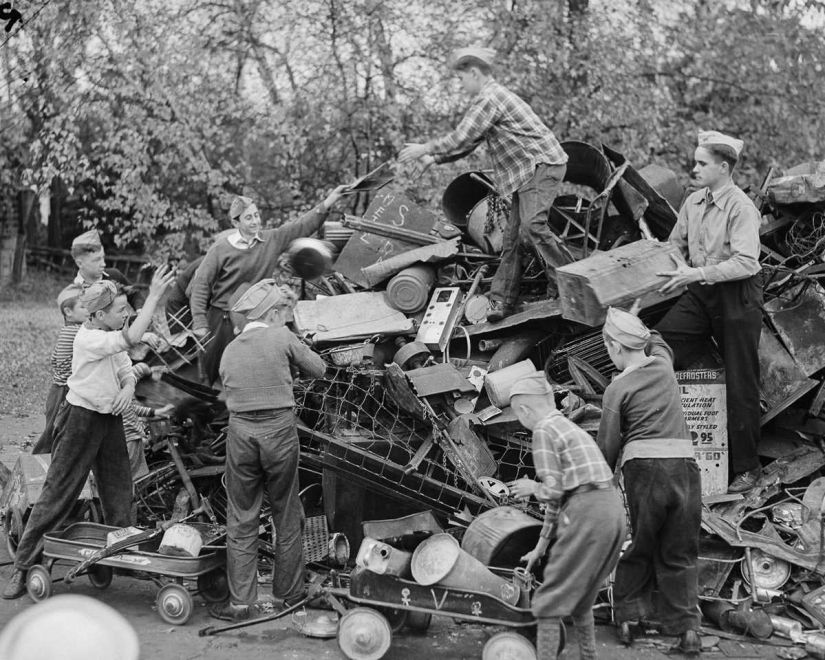
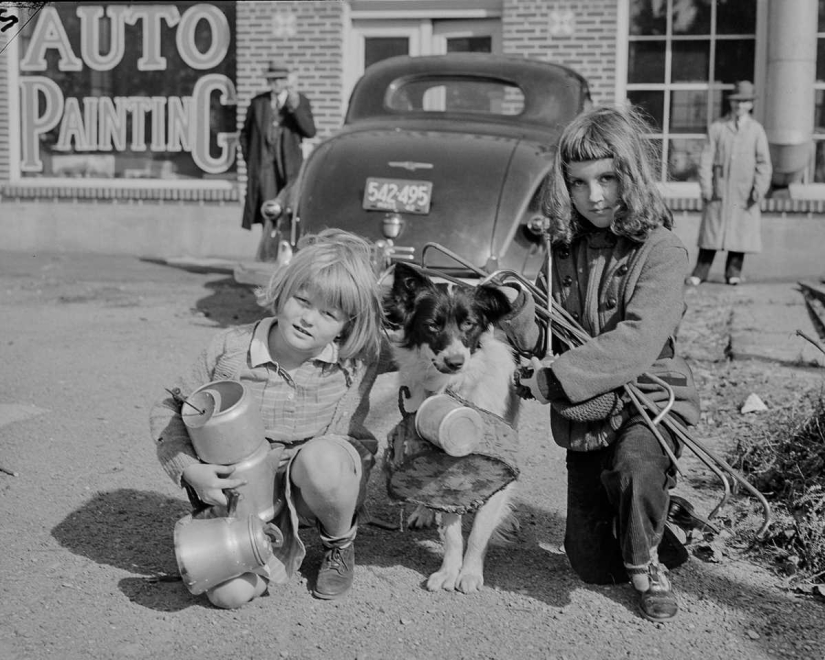
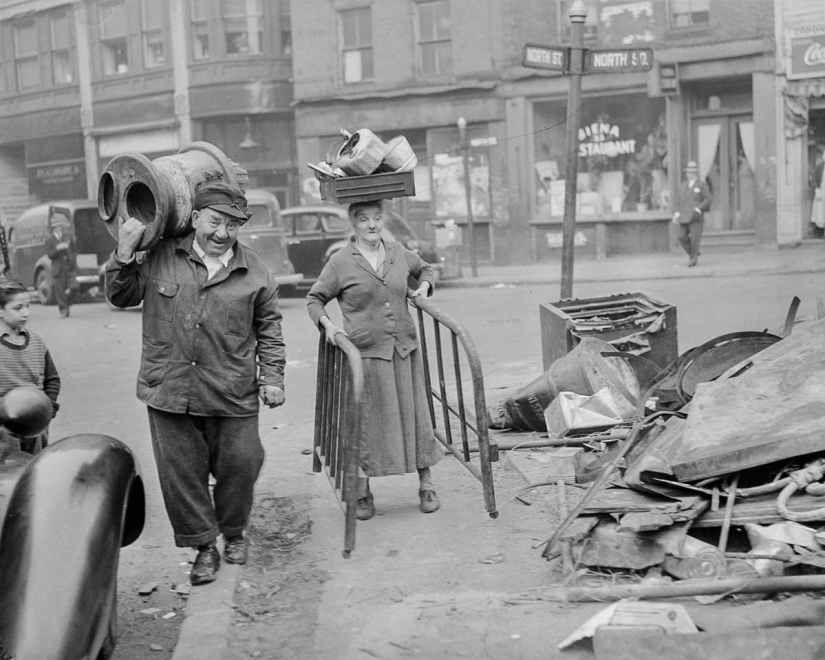
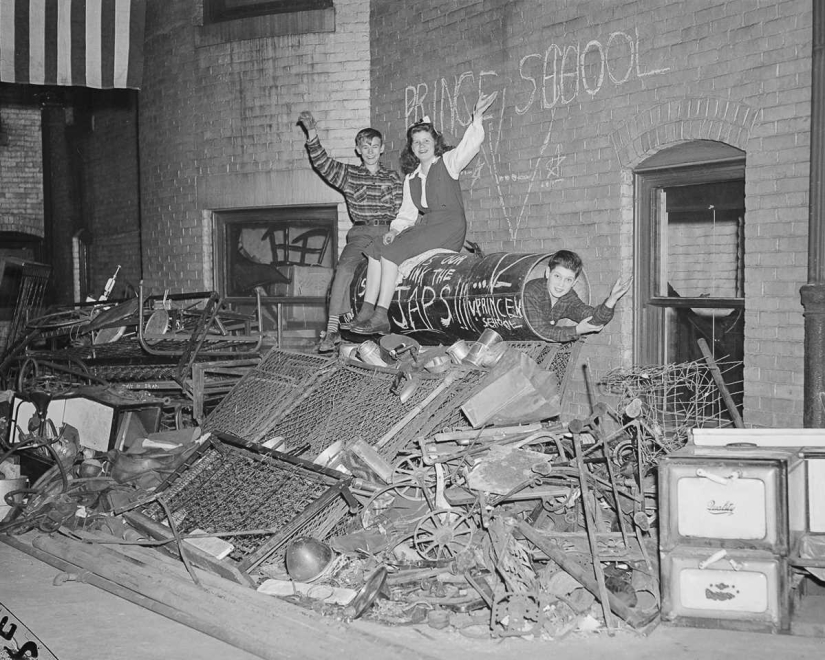
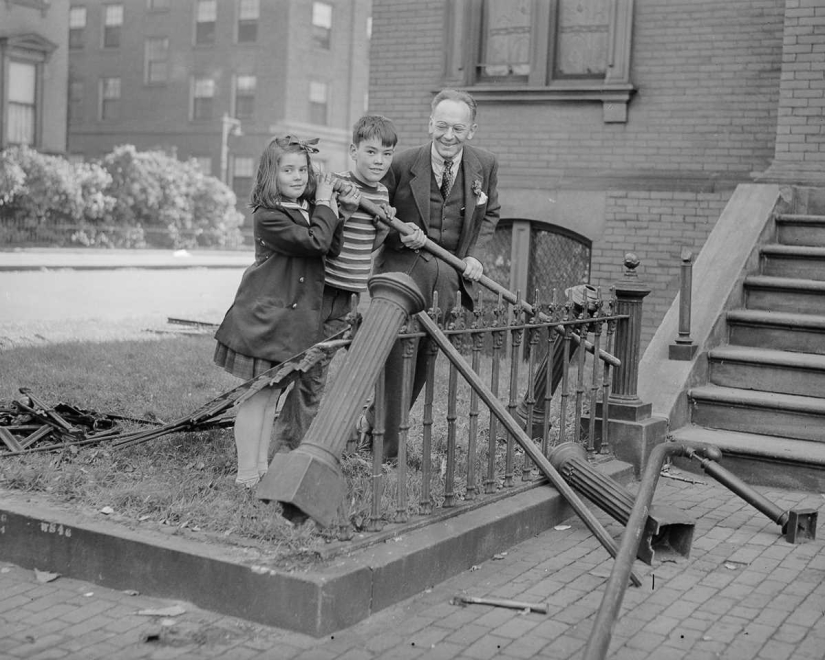
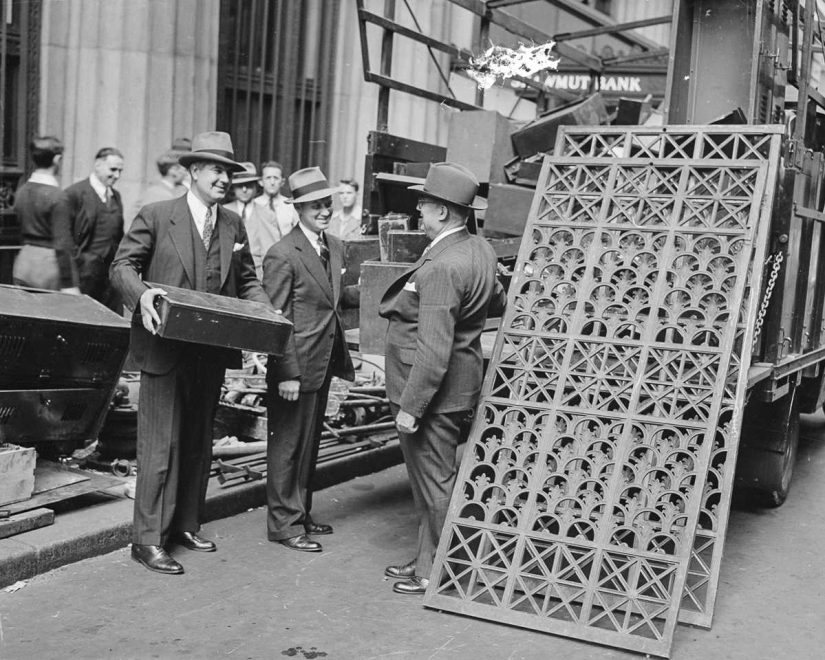
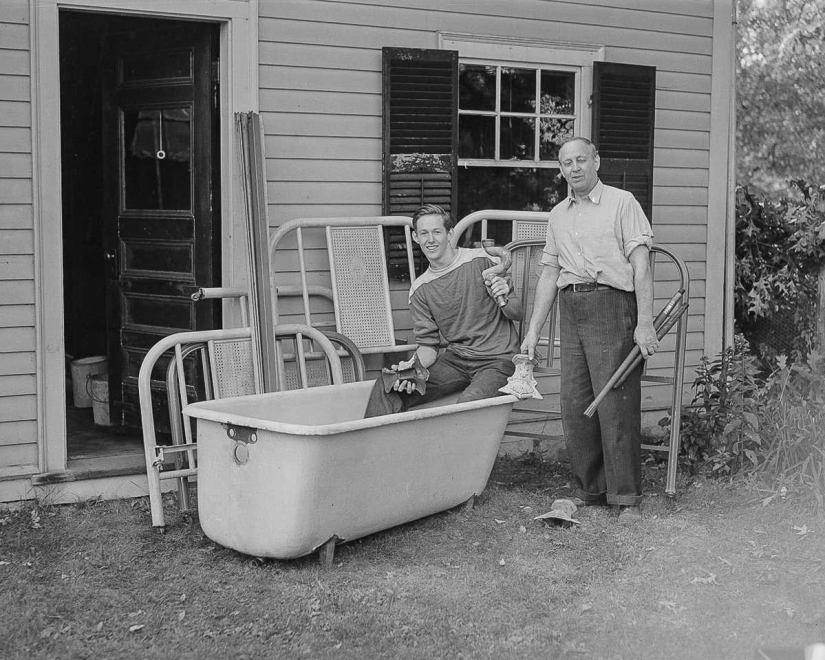
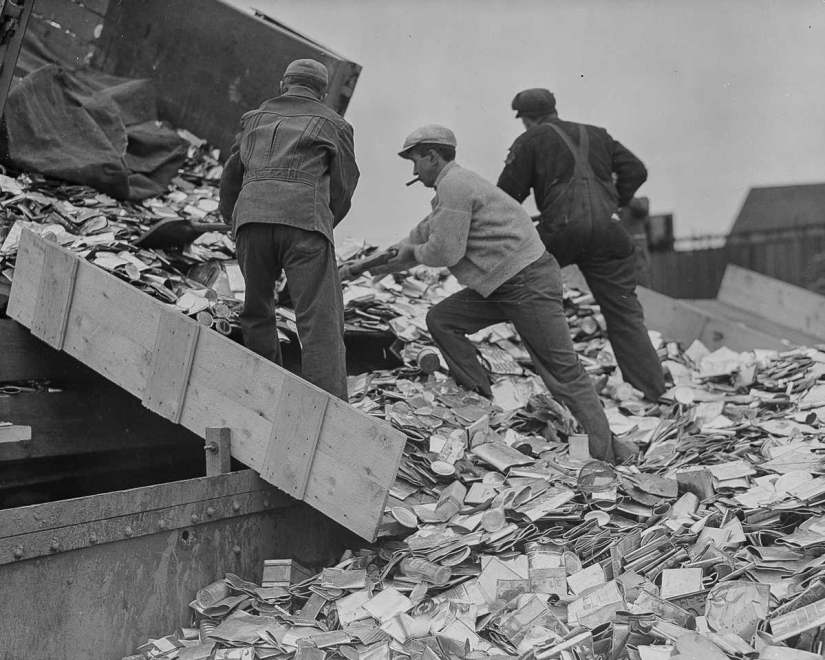
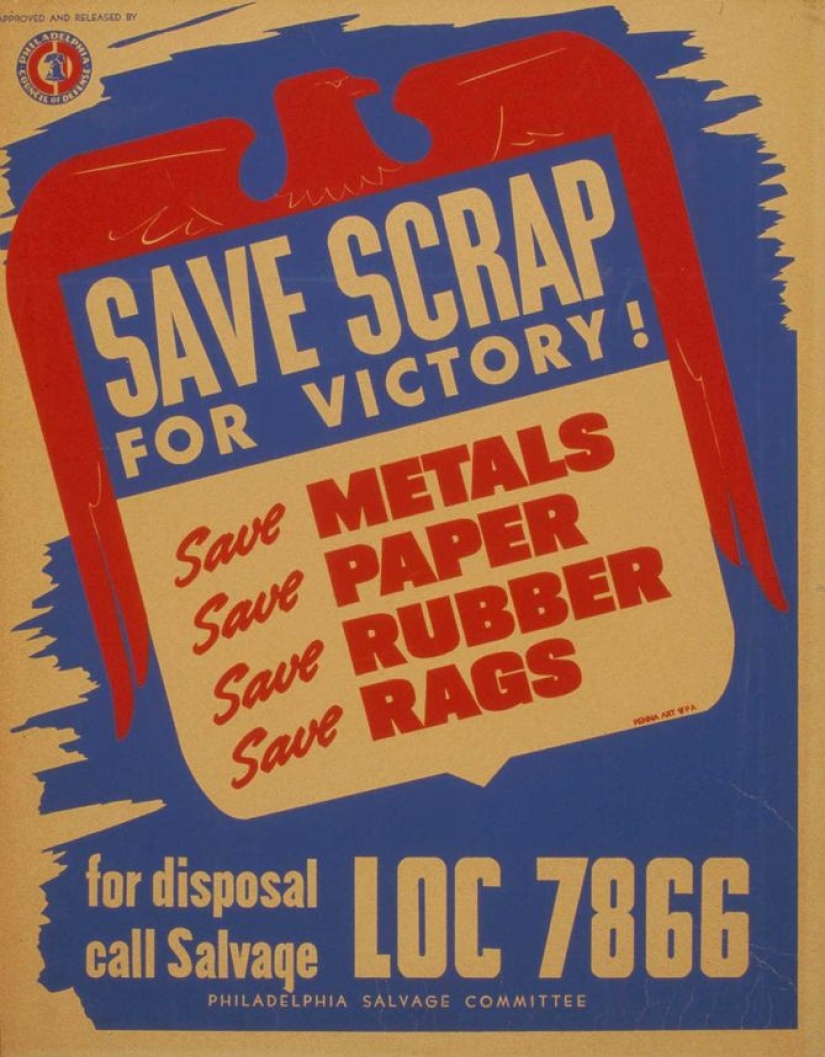
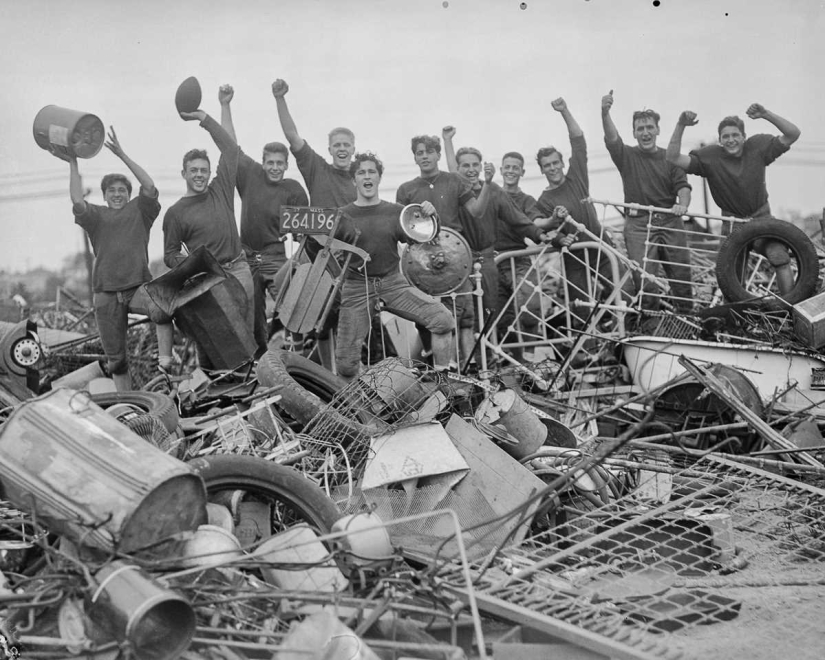
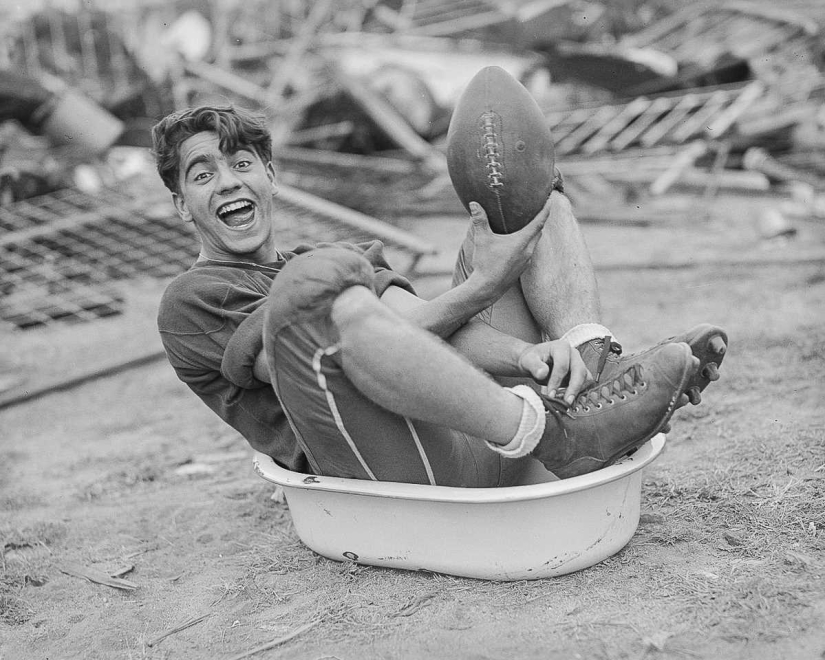
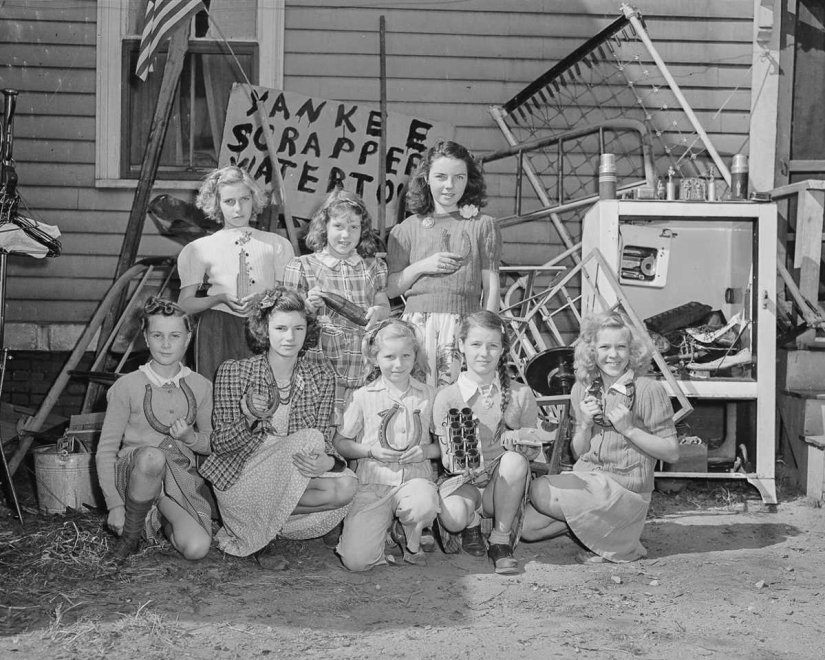
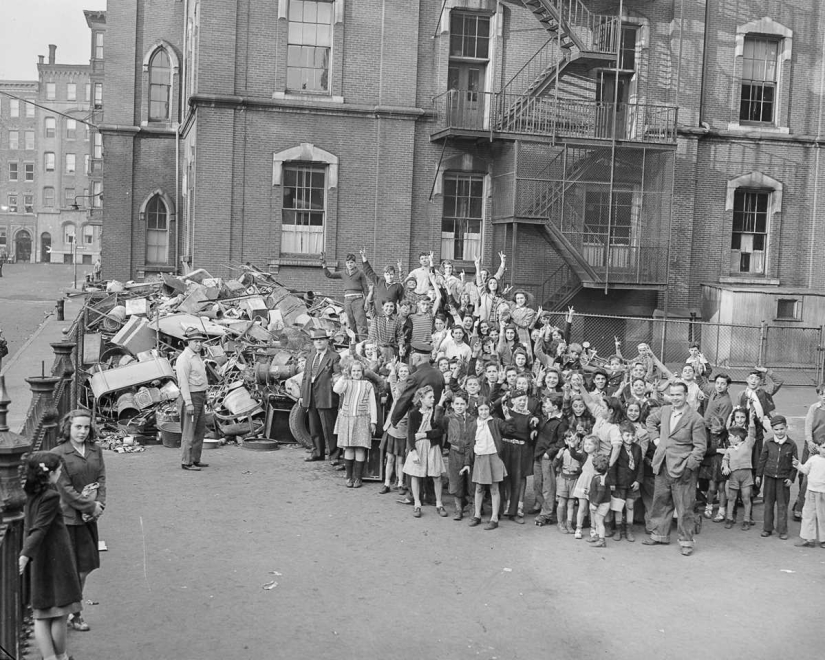
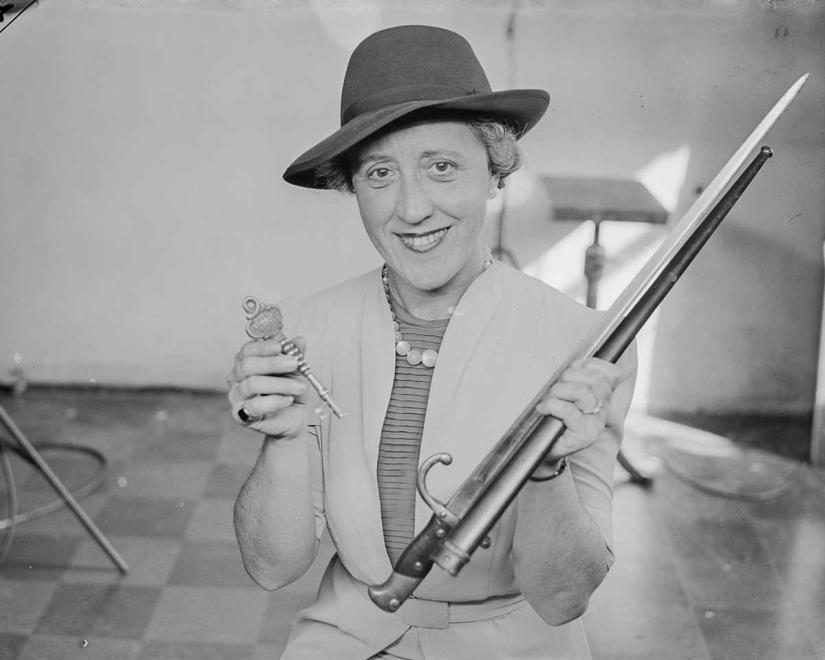
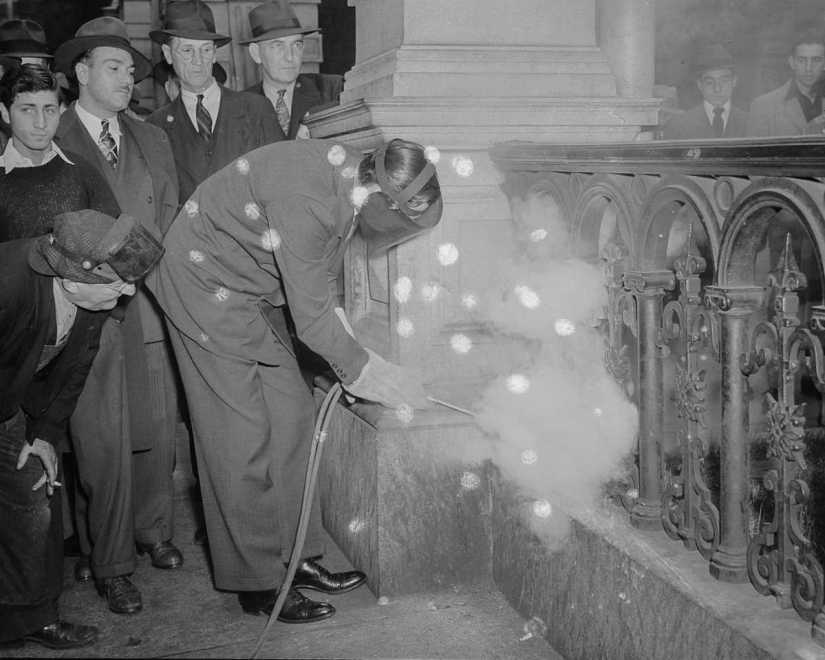
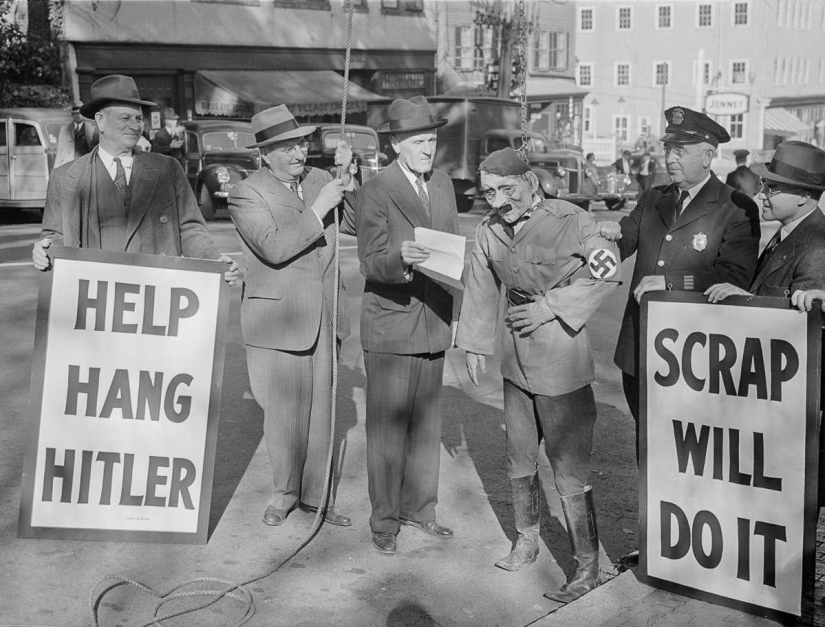
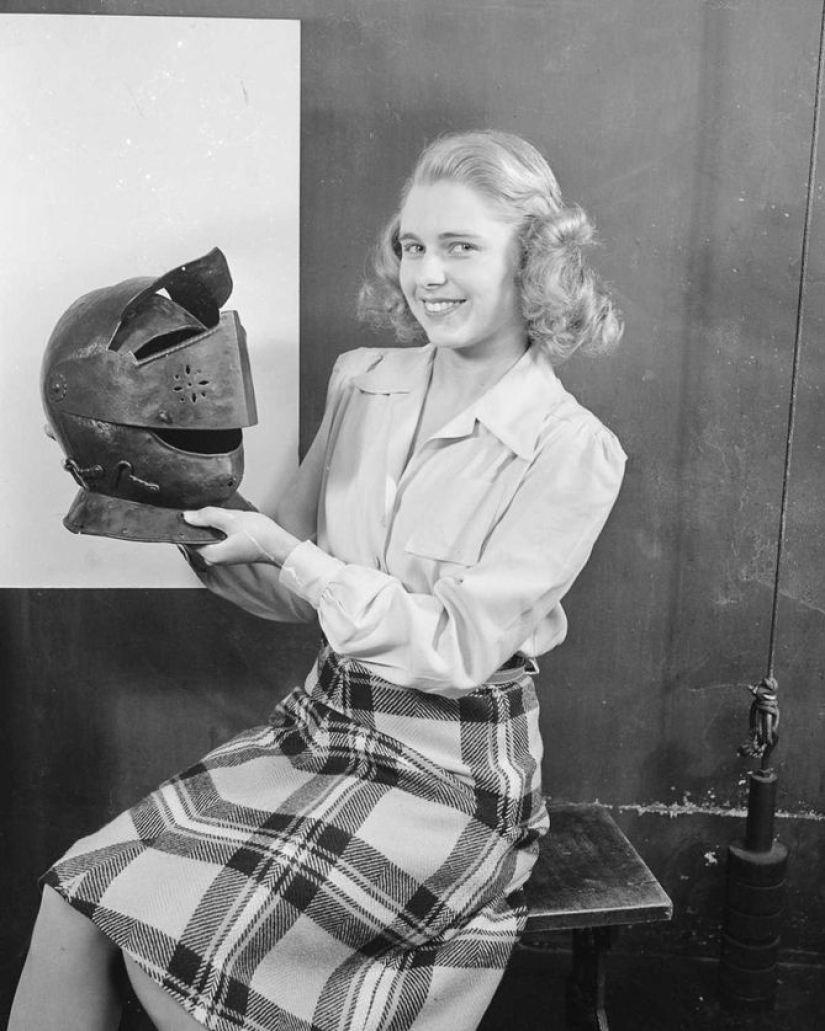
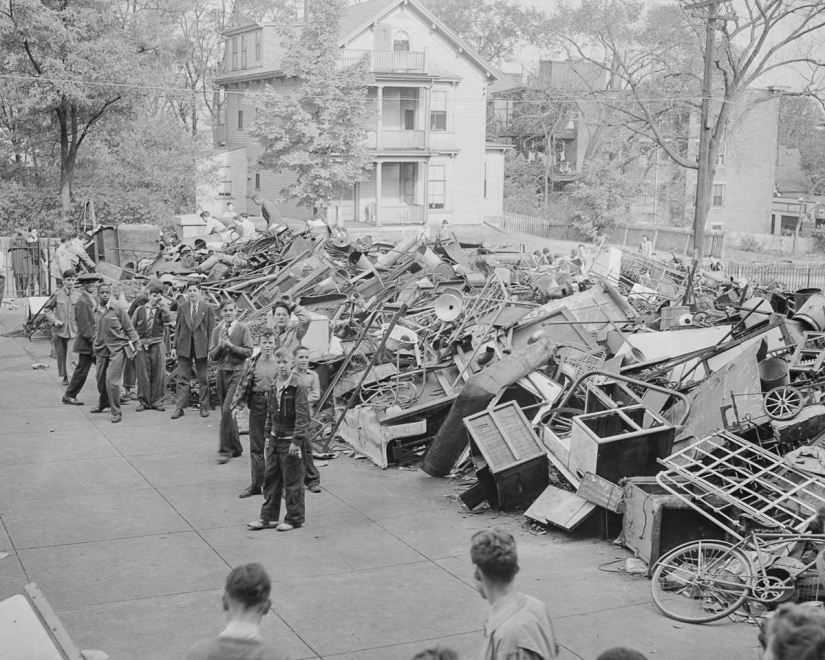
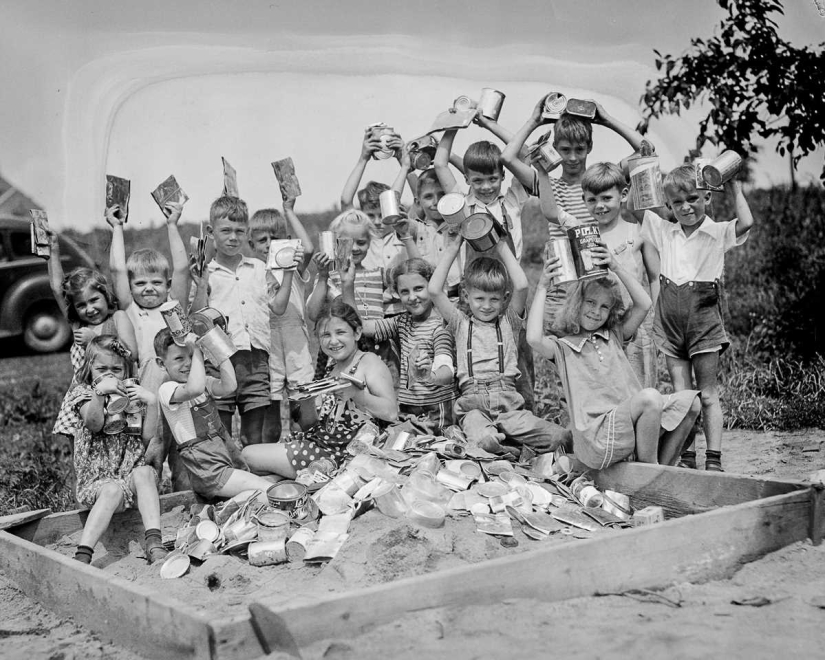
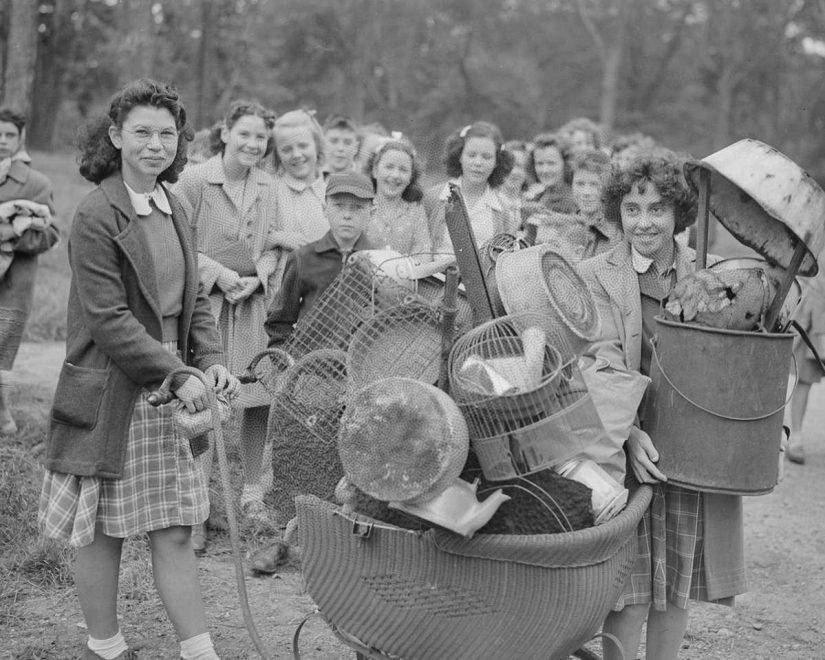
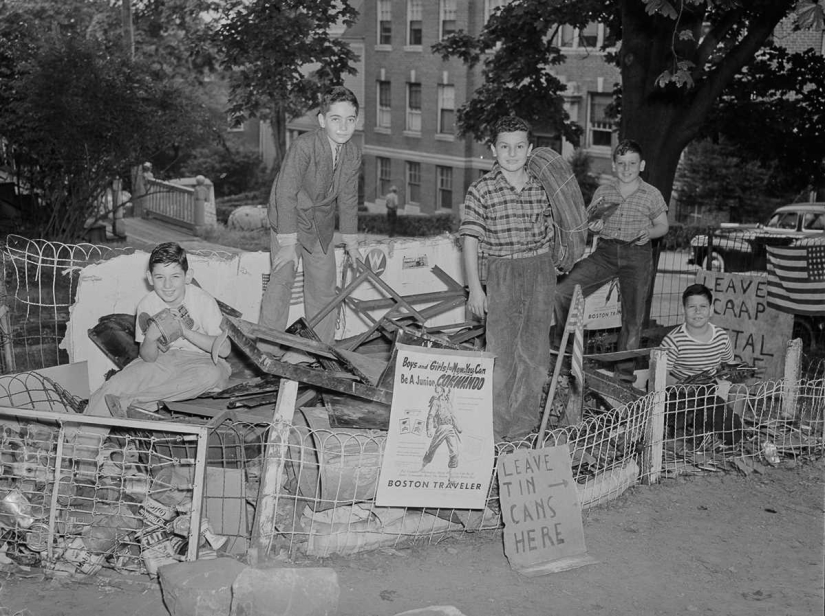
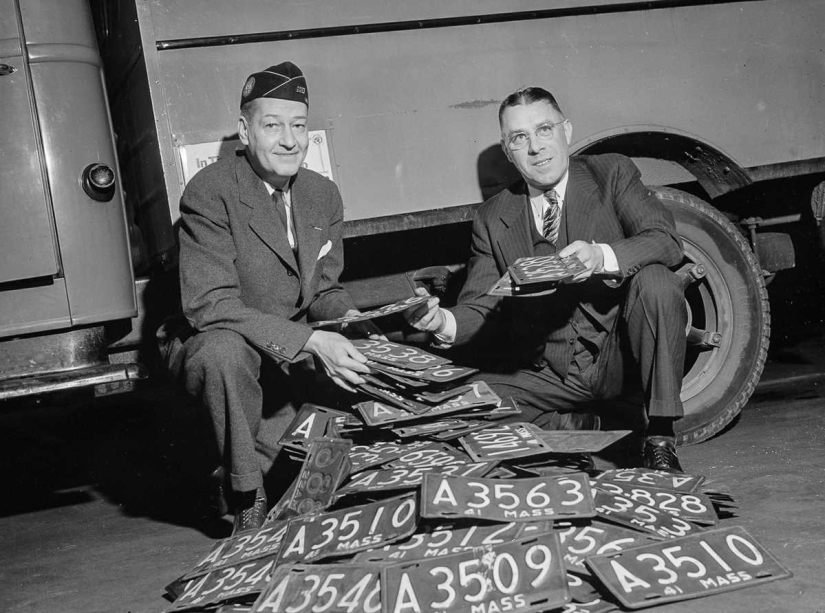
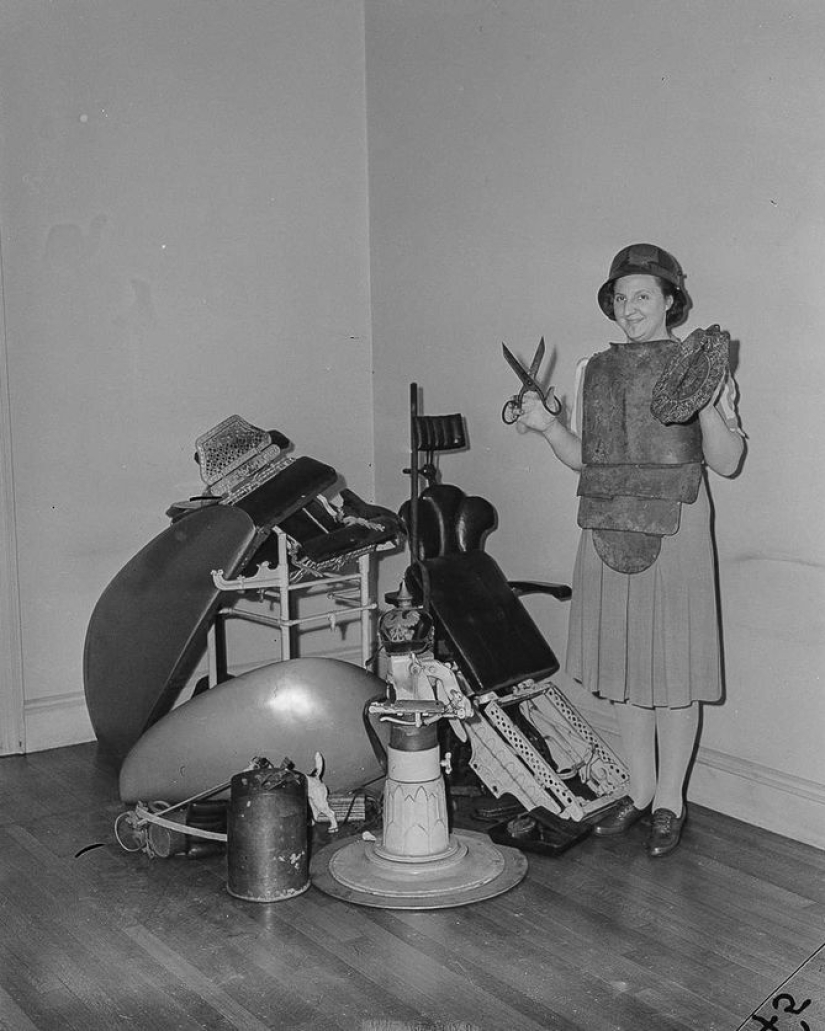
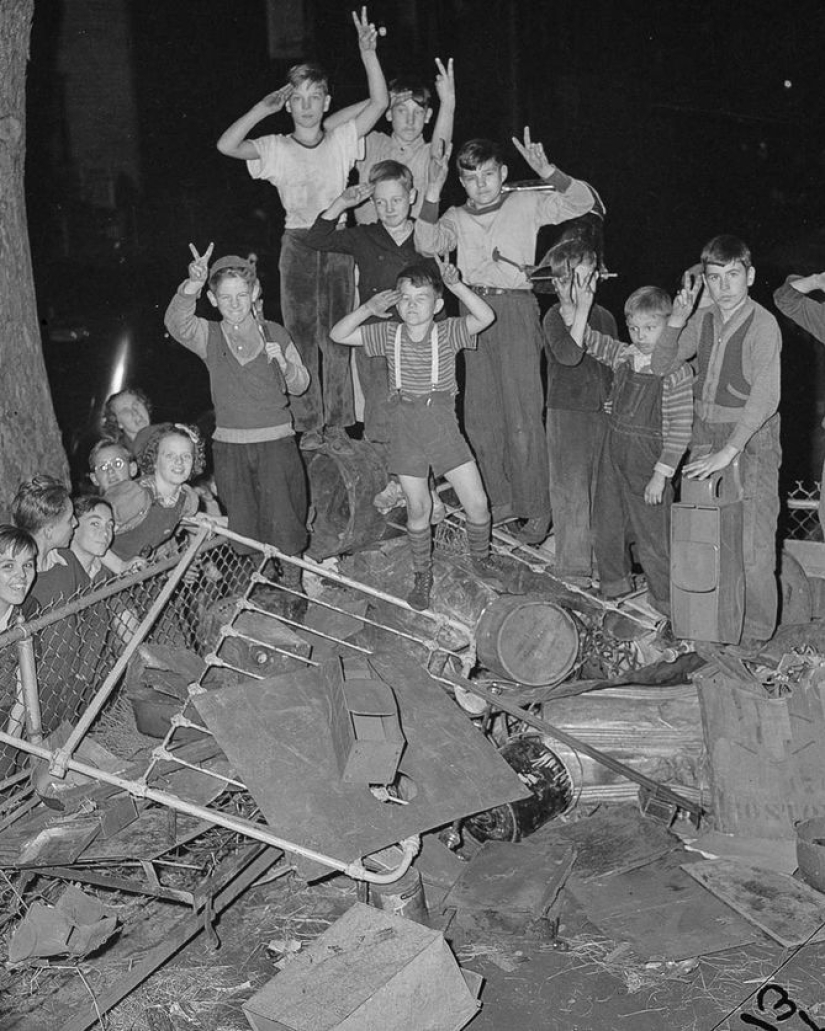
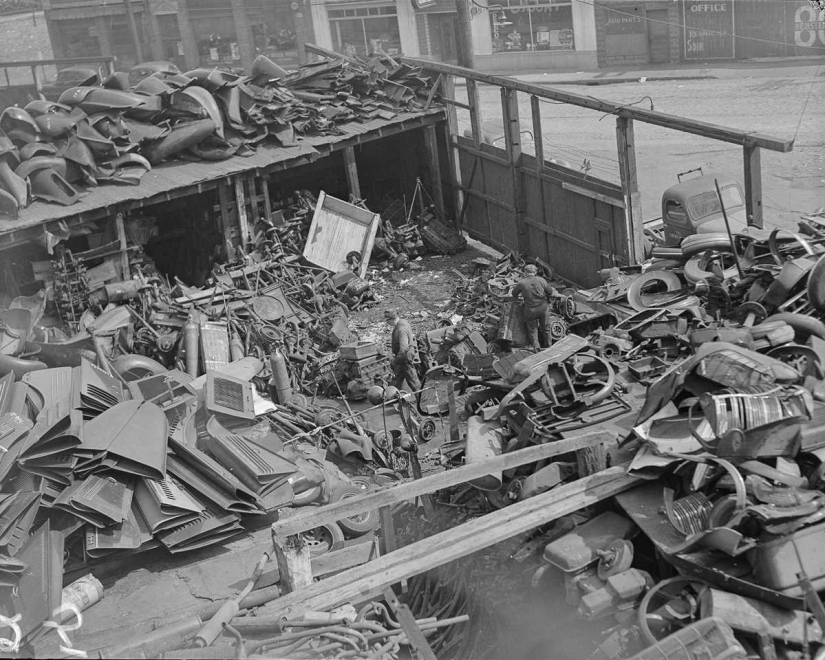
Keywords: Recyclables | Metal | Scrap metal | Industry | USA
Post News ArticleRecent articles

Man cave, or "man cave" — is embodied in the life of children's dreams of their own cozy nook where you can relax from bustle and ...

If you are tired of everything (and especially people), if you desperately need a little magic in life, then we have an idea for ...
Related articles

When in the XV century the first Portuguese landed their ships to the shores of Ghana, they were amazed by the amount of gold. It ...

Mercury thermometers, although gradually giving way to electronic ones, are still available in many families. Therefore, situations ...

Organ — the most amazing in the world of musical instrument. Imagine: inside of it you can go! As a flute or saxophone, organ ...

Kitchen – one of the most popular places in the world. Here is the mystery of cooking a favorite food, family gatherings, ...